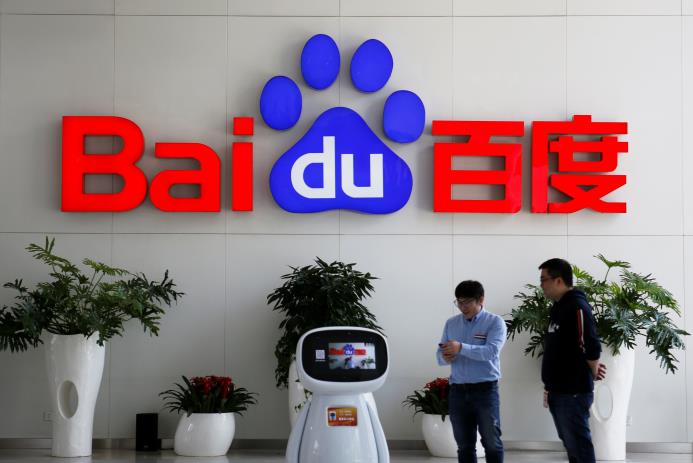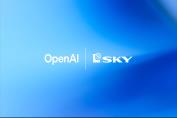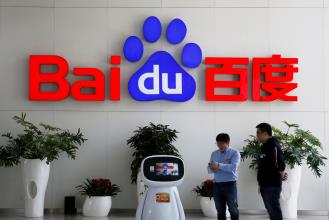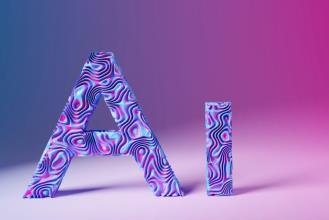Baidu ERNIE 4.5: Multimodal AI for Enterprise Visual Reasoning
- 12 November, 2025 / by Fosbite
Why ERNIE 4.5 Matters for Enterprise AI
There’s a difference between a flashy demo and a model you’d actually trust with dusty engineering diagrams and hours of surveillance footage. Baidu’s ERNIE-4.5-VL-28B-A3B-Thinking sits somewhere closer to the latter. It’s a multimodal model that doesn’t just chat — it sees, reasons, and produces structured outputs you can wire into automation. For teams wrestling with logs of video, thermal scans, or sprawling CAD drawings, that matters. Honestly, it’s the sort of capability that turns a backlog of unusable files into something you can act on.
What makes ERNIE different?
If you ask enterprise architects, three practical differences stand out — the kind that move projects from pilot to production:
- Multimodal reasoning models: ERNIE combines image, chart, video-frame and text understanding so it can answer compound questions — not just caption a photo, but parse a chart and explain anomalies with references.
- Parameter-efficient inference: The model family totals 28B parameters, but the inference design reportedly activates about 3B — a deliberate trade-off to lower runtime costs while keeping capability. That kind of efficiency is real when you’re running many inference calls daily.
- Tool- and automation-orientation: ERNIE is built to act. Think JSON outputs with coordinates, image zoom-and-crop to read small text, and hooks to external search tools — not just free-form prose.
How ERNIE performs on key benchmarks
Benchmarks aren’t gospel — they’re indicators. Still, in reported comparisons ERNIE nudges ahead on visual and chart reasoning tasks, which is where many enterprises feel pain:
- MathVista: ERNIE (82.5) vs Gemini (82.3) and GPT (81.3)
- ChartQA: ERNIE (87.1) vs Gemini (76.3) and GPT (78.2)
- VLMs Are Blind: ERNIE (77.3) vs Gemini (76.5) and GPT (69.6)
Two quick caveats: dataset bias and benchmark limitations can skew the picture, and you really should run an internal validation checklist before calling a winner.
Real enterprise use cases: Where multimodal reasoning helps
I’ve seen teams get the most value where the model replaces tedious, error-prone human work. A few concrete examples where an ERNIE-like model is especially useful:
- Manufacturing visual inspection: Detect missing parts or safety-gear, localize them (coordinates), and output JSON that a PLC or robot controller can consume. Cuts manual review time and scales inspections.
- Engineering and R&D support: Parse schematics or circuit diagrams, check connections, and provide step-by-step verification (apply Ohm’s/Kirchhoff’s rules) — useful for first-pass QA before a human sign-off.
- Video knowledge mining: Make recorded training sessions searchable: auto-extract subtitles, tag timestamps, and find scenes by visual cues (logos, equipment). Turns video into searchable knowledge fast.
Small real(ish) story: a telco I advised prototyped a workflow where the model read site photos, extracted serials, and cross-referenced an asset DB — manual logging time fell dramatically. Hypothetical numbers, but the mechanics are real: detect, read, match, log.
From perception to automation: how ERNIE can act
Here’s an important mental model: perception is useful only when it triggers action. ERNIE’s structured output generation (think JSON with bounding boxes and confidence scores) is what lets perception plug into automation chains. The flow is simple — see, extract, decide, act.
Example: a security workflow. Camera flags an anomaly, ERNIE zooms to read a badge, looks up the person in an internal directory, and pushes a recommended response to a SOC queue. That chain — not a single classification — is the real value. Learn more in our guide to hybrid evaluation methods for choosing an LLM (human + synthetic + A/B).
Deployment considerations: hardware, licensing, and fine-tuning
Practical matters you’ll slog through:
- Hardware: Expect high GPU RAM needs. A single-card deployment can require ~80GB of GPU RAM. That’s fine if you’ve got cloud credits or large infra budgets — less so for smaller teams. If you’re wondering about deploying ERNIE-4.5 with limited GPU memory (80GB single-card guidance), plan for model parallelism or cloud-hosted inference. For approaches to multi-card and supernode deployments see analysis of CloudMatrix Ascend platform, which discusses ultra-large-scale compute strategies that inform hardware planning.
- Runtimes: Baidu supports standard transformer paths plus vLLM and FastDeploy. Pick the runtime that matches latency and throughput needs; vLLM helps when you need efficient batching and lower-latency responses. For more on vLLM and performance trade-offs, check the runtime project page.
- Licensing & fine-tuning: Offering ERNIE under Apache 2.0 for commercial use is a practical win — fewer legal hurdles. ERNIEKit enables fine-tuning on proprietary visual datasets, which you’ll almost always need for vertical accuracy. See Baidu's ERNIE developer resources for details on licensing and tooling: Baidu AI: ERNIE
Benchmarks, caveats, and governance
Always weigh the trade-offs — especially for image and video data.
- Dataset bias: Benchmarks often don’t match your field-of-view, camera angles, or domain-specific icons.
- Robustness: Visual noise, occlusion, unusual lighting or domain icons can trip models. Expect to invest in data augmentation and targeted validation. For techniques on visual robustness and augmentation, see this overview from a reputable source: survey on data augmentation for vision.
- Governance & privacy: Video and images often contain faces, locations, or sensitive info. You’ll need strict access controls, audit trails, and a clear data-retention policy. The ISO standards on information security can guide governance choices.
Want a practical list? Use an internal validation checklist: representative samples, edge-case scenarios, privacy tests, and a rollback plan. Also — ask how you’ll monitor drift once the model is live. You can pair that checklist with practical pilot testing advice used in hybrid evaluation methods; see how to run pilot tests for large language models with your own data for complementary pilot design patterns.
Should your company adopt ERNIE?
Three simple questions to frame the decision:
- Do you have high-value visual or video data that’s underused?
- Can you support the hardware, runtime, and governance needs?
- Do you have labeled examples or can you invest in fine-tuning with ERNIEKit?
If you answer yes to all three, ERNIE-4.5 is worth a pilot. If not, consider lighter-weight or cloud-hosted multimodal services until infrastructure and governance mature. And if you’re unsure about the pilot plan, a short 3–6 month test focusing on one high-ROI workflow (manufacturing inspection or video knowledge mining) is the least risky way to learn fast.
Key takeaways
- ERNIE 4.5 is notable for combining multimodal reasoning with a parameter-efficient inference approach — which is attractive for large-scale visual workloads.
- Benchmarks look strong on chart and visual reasoning tasks (ChartQA, MathVista), but internal validation beats headline numbers every time.
- Hardware and governance requirements mean it’s best suited to well-resourced enterprises for now, or to teams that can leverage cloud-hosted inference.
Further reading and references
For additional context, reporting, and vendor docs, check these resources:
- Developer-Tech: Gemini enterprise updates
- Artificial Intelligence News: flawed benchmarks
- TechForge Media: enterprise AI analysis
In my experience, the teams that make multimodal AI work pair tight problem selection (clear ROI) with realistic deployment plans — that’s the sweet spot. If you want, I can sketch a step-by-step pilot plan to test ERNIE on engineering diagrams or a manufacturing visual inspection workflow. Ask me for a 3–6 month pilot outline and I’ll write one tailored to your constraints — including an internal validation checklist and cost estimates.










